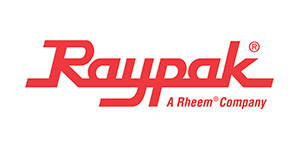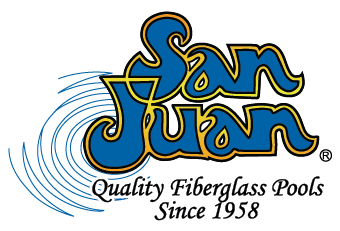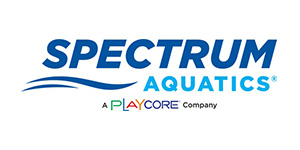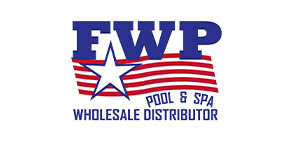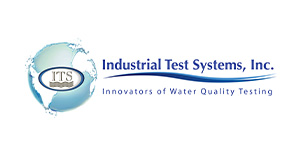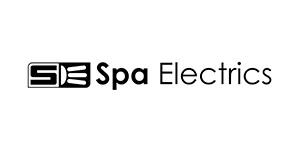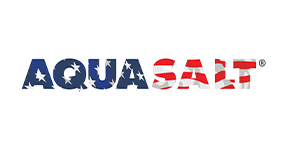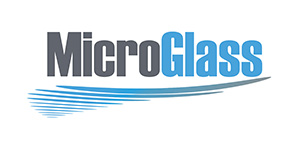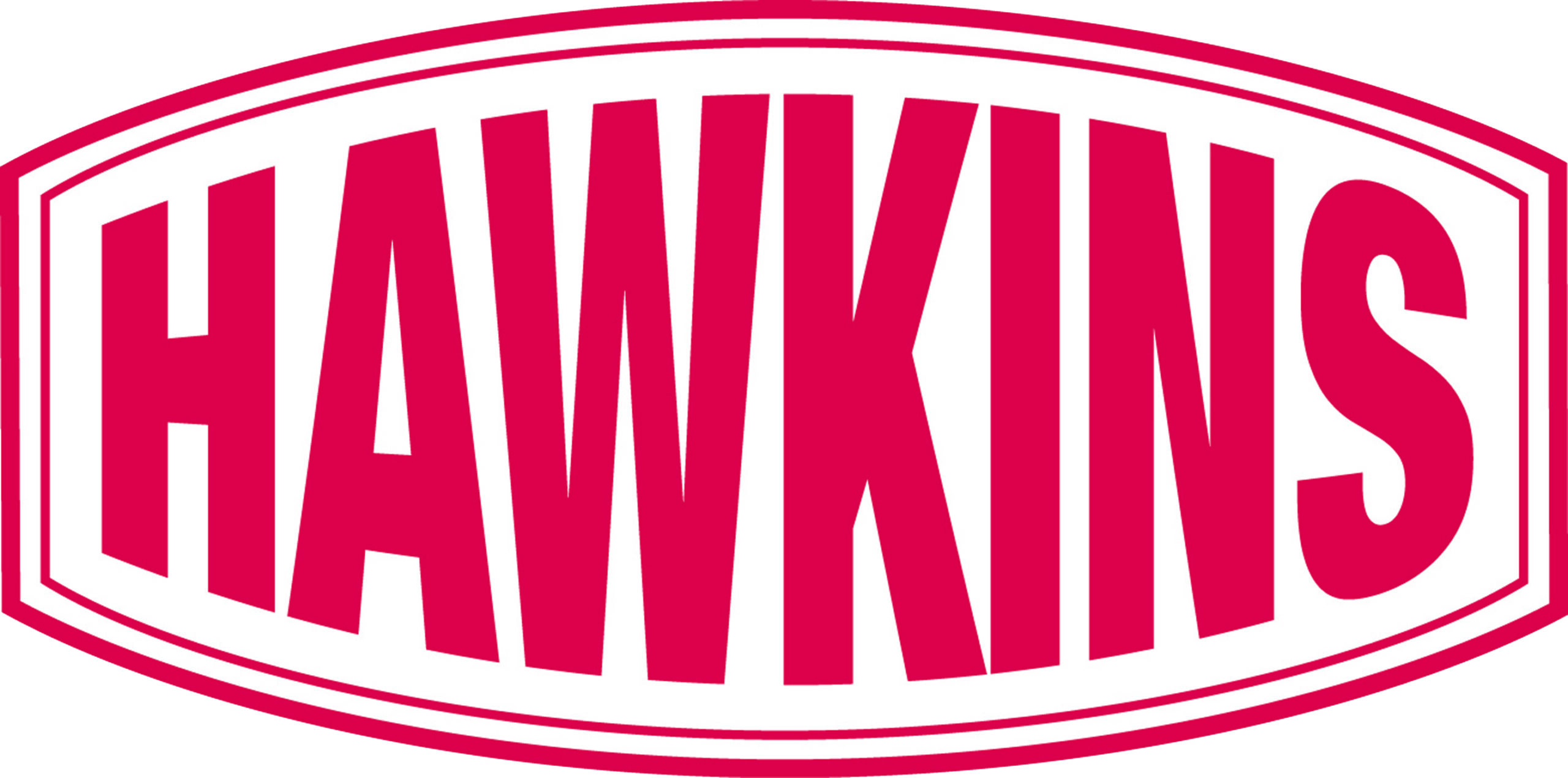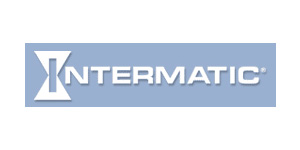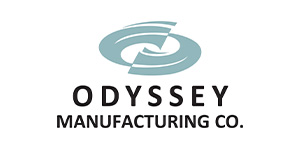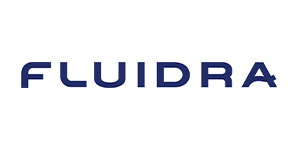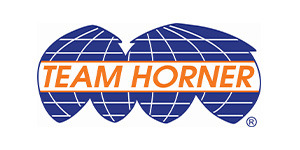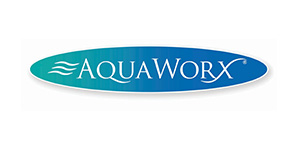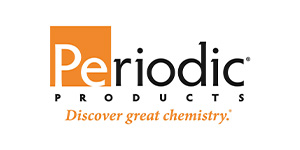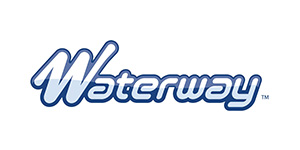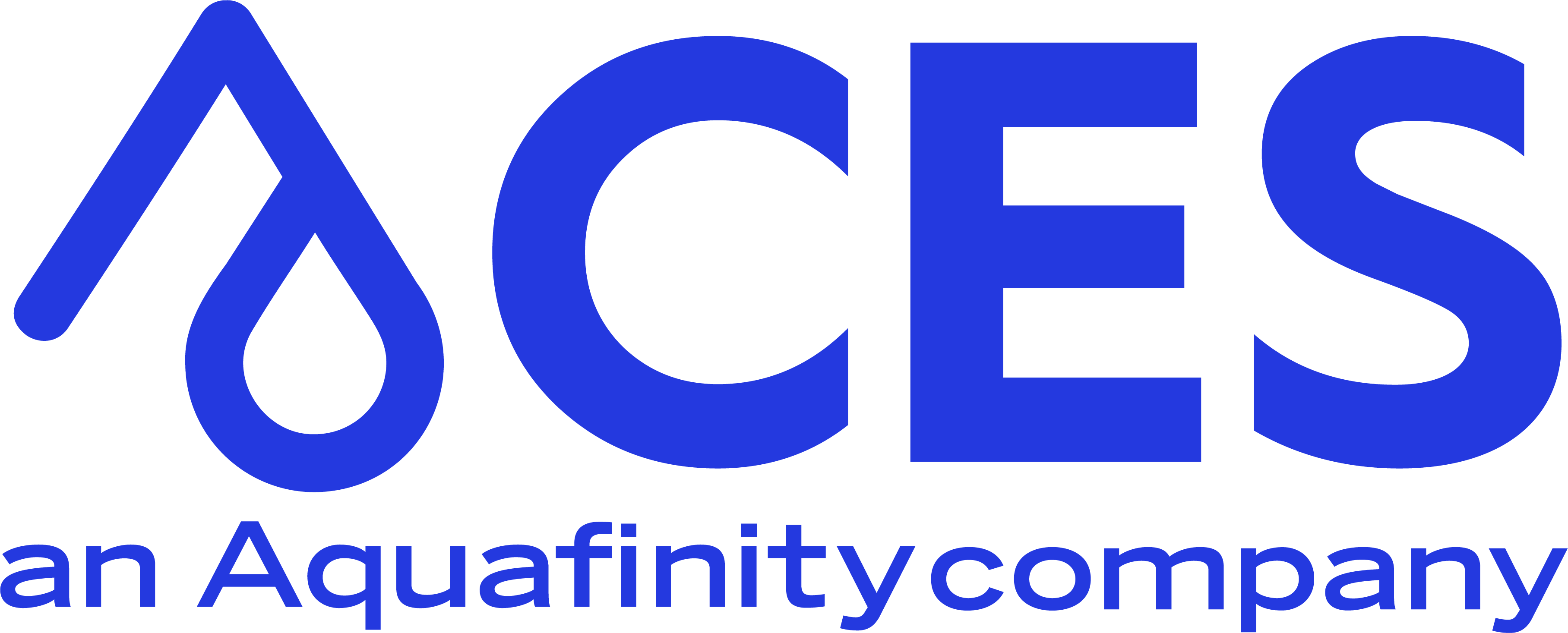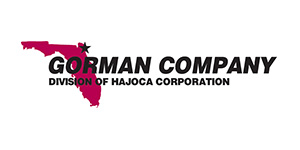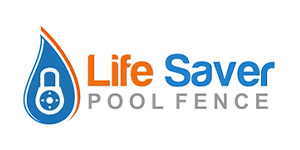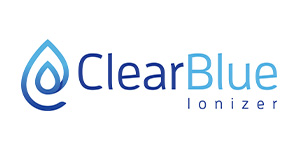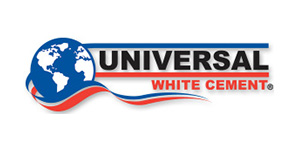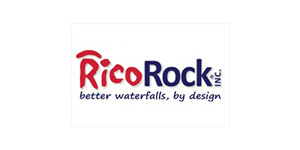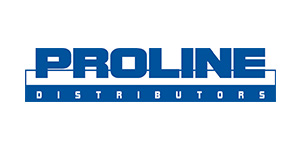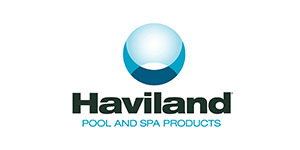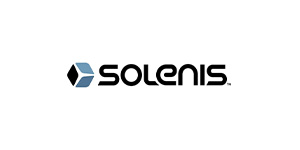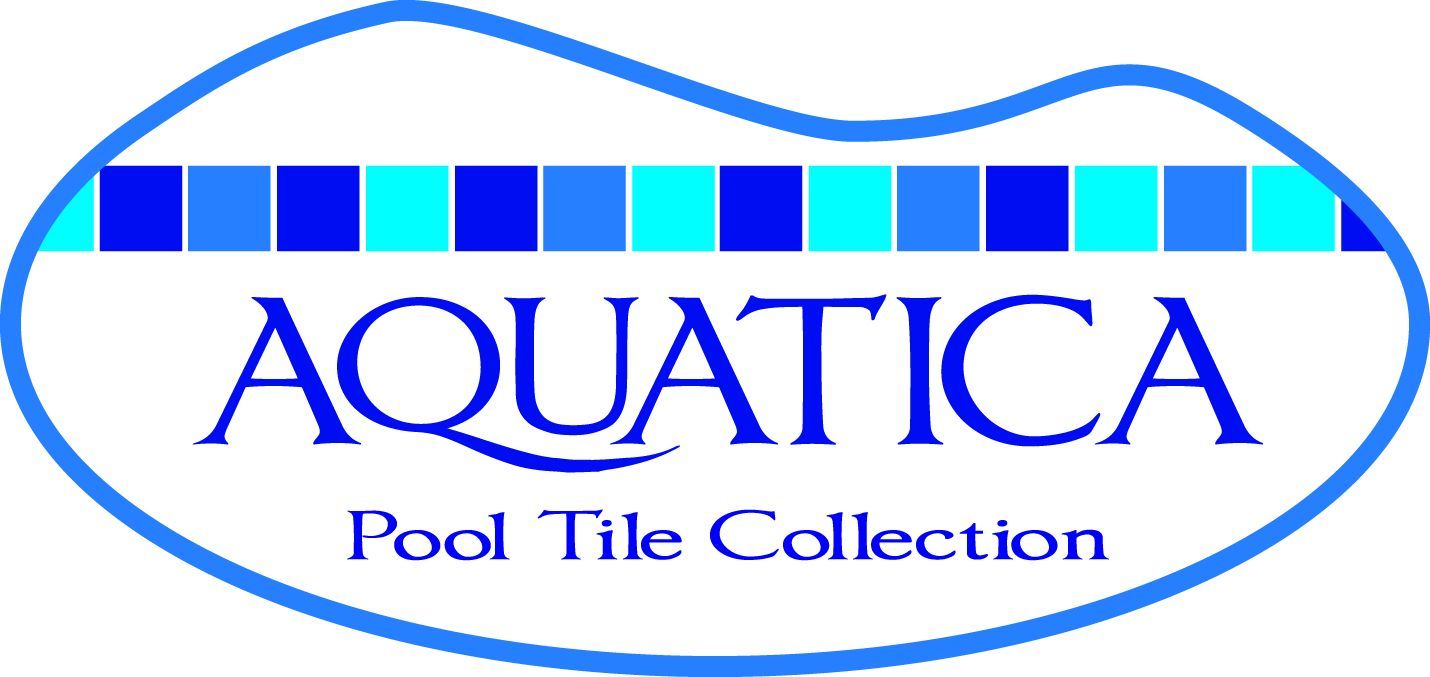Energy Efficiency in Swimming Pools:
| PumpsHeatingAutomationFilters | Pump Saving CalculatorsCoversLighting |
Pumps – energy requirements for pool pumps save money!
Everyone wins with energy efficiency. National and state regulations require new pool pumps* be two-speed or variable-speed. These pumps deliver immediate savings on your electric bill that can range from 75% – 90%.
- Variable-speed pumps can be set to run at a lower speed but still obtain the same or better cleaning/sanitation by running for longer periods of time
- Lower speeds reduce energy use to 1/4 of what it was, despite the increased run time.
- Lower speed also means less noise from the pump.
- High speed is still available for occasional needs such as spa therapy jets, pool cleaners or water features.
*If total Horsepower is one or greater.
A small increase in upfront costs will save a significant amount of money over the pump’s lifetime! The pump can pay for itself in energy savings in as little as two years.
Use the two available pump savings calculators, sponsored by Pentair Water Pool and Spa or Hayward Pool Products, to see what you can save!
Why is now the right time to address this portion of your home energy budget?
- Pool filtration costs are listed as the 2nd or 3rd largest energy cost in the home, following your AC and hot water expenses.
- New regulations mandate more efficient equipment.
- Energy savings will decrease your monthly costs.
- To be environmentally responsible.
Ask a pool professional to provide an estimate of savings based on your specific pump and pool. Find a Florida Pool Prosm in your area.
Example of potential savings:
You have a 1 1/2 HP, Single-speed Filtration Pump:
Running speed 3,450 rpm
2.76 Estimated Kw used per hr.
x $0.14 Average cost per Kw
= $0.39 Cost per hour
Average running hrs. 10
Est. cost per day (10hrs x $.39) $3.90
Est. cost per month $117.00
Est. cost per year $1,404.00
Replace it with a 1 1/2 HP, Two-speed Filtration Pump:
Running speed 1,725 rpm
.368 Estimated Kw used per hr.
x $0.14 Average cost per Kw
= $0.05 Cost per hour
Average running hrs. 20
Est. cost per day (20hrs x $.05) $1.00
Est. cost per month $30.00
Est. cost per year $360.00
That is a savings of over $1,000 per year! Once the savings pay for the upfront cost of the pump, that is money in your pocket! (Will vary based on specific pool)
Covers– Covers can reduce water loss from evaporation by 30 to 50 percent. This also reduces heat loss and the amount of chemical water treatment required (and can save you time in cleaning out debris). Reduce chemicals needed by 35 to 60 percent.
Covers are beneficial to indoor pools as well – they also reduce the amount of ventilation necessary. An ASTM approved safety cover will prevent children or pets from accidently falling in the pool.
Heating – Select the most efficient option or combination of options for your pool/spa usage/needs (talk to a pool professional). Don’t forget pool covers keep heat in.
Heat pumps can initially cost more but have lower operating costs and last 7-10 years. They work efficiently if it stays above 45-50 degrees outside.
Properly sized natural gas and liquid propane heaters provide quick, efficient heating for spas and reliable heat for pools regardless of outside temperatures.
Solar pool collectors can last 10-20 years. Systems are custom-sized to tie in to your filtration, and allow the sun’s FREE energy to extend your pool season or heat it year-round. Solar can be added to your existing heat pump or gas heater to minimize run times and utility costs.
Automation – Automation can make maintaining your pool easier and keep your pool looking great.
Set the pump to run for the appropriate amount of time based on the pool size, type of pump, pool use, etc. If debris is a problem, use automation to run the pump for many short periods a day; this will keep the pool clean without running it all day.
Pool cleaners can be set to operate for a few hours a day. Start the pool sweep 15 minutes or more after the filter pump is running and stop it 15 or more minutes before it stops.
Lighting – LED lights use 75 to 80 percent less energy
and last 25 times* longer than incandescent.
*According to US Dept. of Energy. Fixtures may not last as long as the bulb.
Filters – Large-capacity cartridge filters can eliminate the need to backwash (clean with a hose). This can save up to 2,500 gallons of water every season.
Other Tips – Use a broom, not a hose, to clear around the pool. Channel splashed-out pool water into landscaping.
In windy areas adding a windbreak can reduce evaporation. Foliage or fencing should be high enough and close enough to the pool so it doesn’t create turbulence over the pool, which can increase evaporation.
Visit www.EnergySavers.gov for more information from the US Department of Energy.

